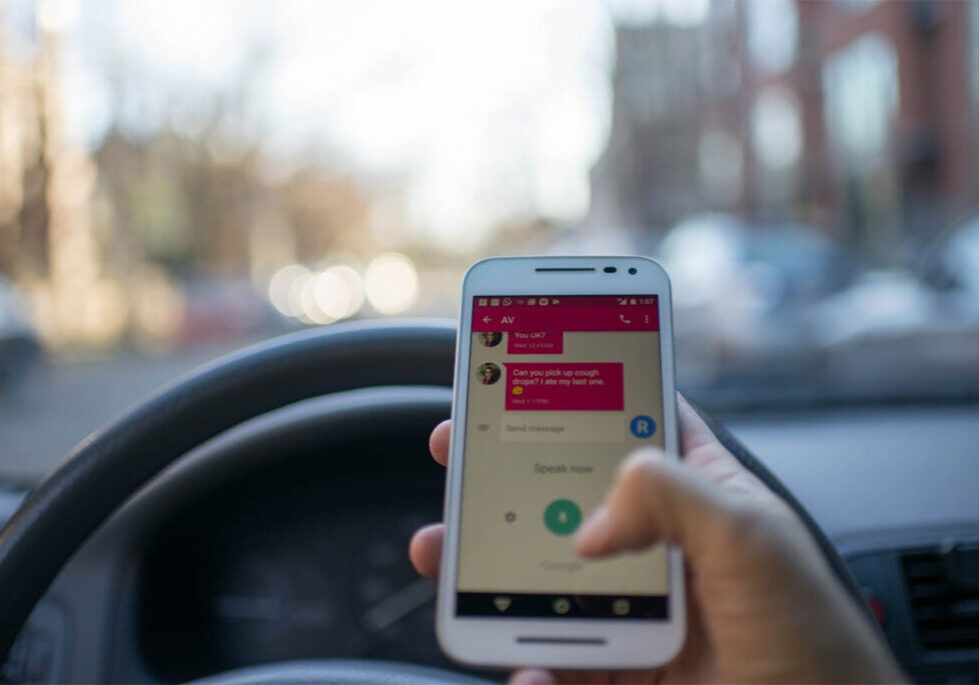In 2019, there were more than 6 million motor vehicle crashes reported by police in the United States. Nearly 2 million of these accidents resulted in occupant or pedestrian injury.
Unfortunately, a car accident may be caused by something entirely out of your control—maybe another driver was speeding or not paying attention to the road, a car ahead suddenly lost traction, or there was unexpected debris on the road.
But what types of car accidents are most common? And what maneuvers commonly result in fatal accidents? Let’s take a look at national traffic statistics to find out.
The most common type of passenger vehicle collision is front impact, followed by rear impact.
According to the National Highway Traffic Safety Institute (NHTSA), front impact car collisions are the most common. In 2019, there were 2.8 million front impact collisions. This means that two or more vehicles collided head on. The second most common type of crash was rear impact, with 1,570,000 collisions.
| Type of Collision w/ Motor Vehicle | Total # of Collisions Nationwide |
| Front Impact | 2,800,000 |
| Rear Impact | 1,570,000 |
| Left Side Impact | 608,000 |
| Right Side Impact | 555,000 |
| Other/Unknown Impact | 1,000 |
Source: Traffic Safety Facts Annual Report Tables, Table 42, Passenger Cars Involved in Crashes, by Most Harmful Event and Crash Severity, 2019.
The NHTSA also keeps record of motor vehicle collisions with fixed and non-fixed objects. In other words, collisions in which cars crash into something other than another vehicle. A fixed object might be a telephone pole, while a non-fixed object might be a couch that fell from a truck.
| Type of Collision w/ Object | Total # of Collisions Nationwide |
| Fixed Object | 505,000 |
| Non-Fixed Object | 451,000 |
Source: Traffic Safety Facts Annual Report Tables, Table 42, Passenger Cars Involved in Crashes, by Most Harmful Event and Crash Severity, 2019.
Does speed matter? Over 12,000 cars were involved in fatal accidents at 55 mph, the most of any speed.
Driving slower is safer, according to available crash data. The NHTSA reports that in 2019, 12,681 cars travelling at 50 to 60 mph were involved in a fatal accident. 11,814 cars at 60+ mph were involved in a fatal accident. In contrast, fewer than 4,800 vehicles travelling at 30 mph or slower were involved in a fatal crash.
Why is there such a big difference? It is unknown, but maybe because higher speeds result in more force exerted upon a driver and/or occupants during a crash. (And more fatal crashes may have occurred at 55 mph versus 60+ mph because the slower speeds may have been the result of more cars on the road and more hazardous driving conditions.)
In a test comparing the effects of car speed during a crash, IIHS researchers found that even a small increase in speed can pose a much greater danger to occupants of a vehicle. A crash at 40 mph from the front caused minimal protrusion into the driver’s space. But at 50 mph, researchers found noticeable deformation of the driver side door, footwell, and dashboard. The crash dummy used in this test exhibited signs of severe neck and lower leg injuries.
Higher speed limits cancel out the benefits of vehicle safety improvements like airbags and improved structural designs. The faster a driver is going before a crash, the less likely it is that they’ll be able to get down to a survivable speed even if they have a chance to brake before impact.” – Dr. David Harkey, President, Insurance Institute of Highway Safety
So, even though modern passenger vehicles are safer today than at any point in the past, speed plays a major role in occupant safety no matter what vehicle you drive.
Most vehicles are going straight when involved in fatal accidents, with those navigating a curve being second most common.
Vehicle maneuvers play an important role in crash statistics. After all, the driver is responsible for making the maneuvers, and other drivers on the road are responsible for anticipating how other vehicles move about the road.
The most common type of maneuver that led to a fatal collision in 2019 were cars driving straight. That makes sense, because most drivers at most times are driving straight ahead. Such crashes may include rear-end accidents, head-on collisions, or even side impacts (for example, when two or more drivers enter an intersection at the same time going in perpendicular directions, one car might impact the side of the other car).
The top five most common driving maneuvers that resulted in a fatal accident in 2019 include:
| Type of Maneuver | Total # of Vehicles Involved in Fatal Accident Nationwide |
| Going Straight | 27,164 |
| Negotiating a Curve | 7,758 |
| Turning Left | 3,154 |
| Merging/Changing Lanes | 785 |
| Stopped in Traffic Lane | 595 |
A car accident can happen anytime and anywhere. Because an accident is so unexpected, it is not always possible to predict what type of accident may occur. Generally, higher speeds result in more fatal accidents due to greater forces exerted on the car and occupants. Certain maneuvers, like driving through a curve in the road, can also increase the potential of an accident.
No matter what the crash data says, it is important to always follow the rules of the road and drive cautiously. It is also important to do a thorough review of what vehicles have good safety ratings. Remember, when it comes to rear, front, and side impact collisions, car size and weight are important factors.
Do you need to speak with a car accident injury attorney? Contact the lawyers at Penney & Associates. We have decades of expertise and have helped people just like you earn the injury compensation they deserve.



